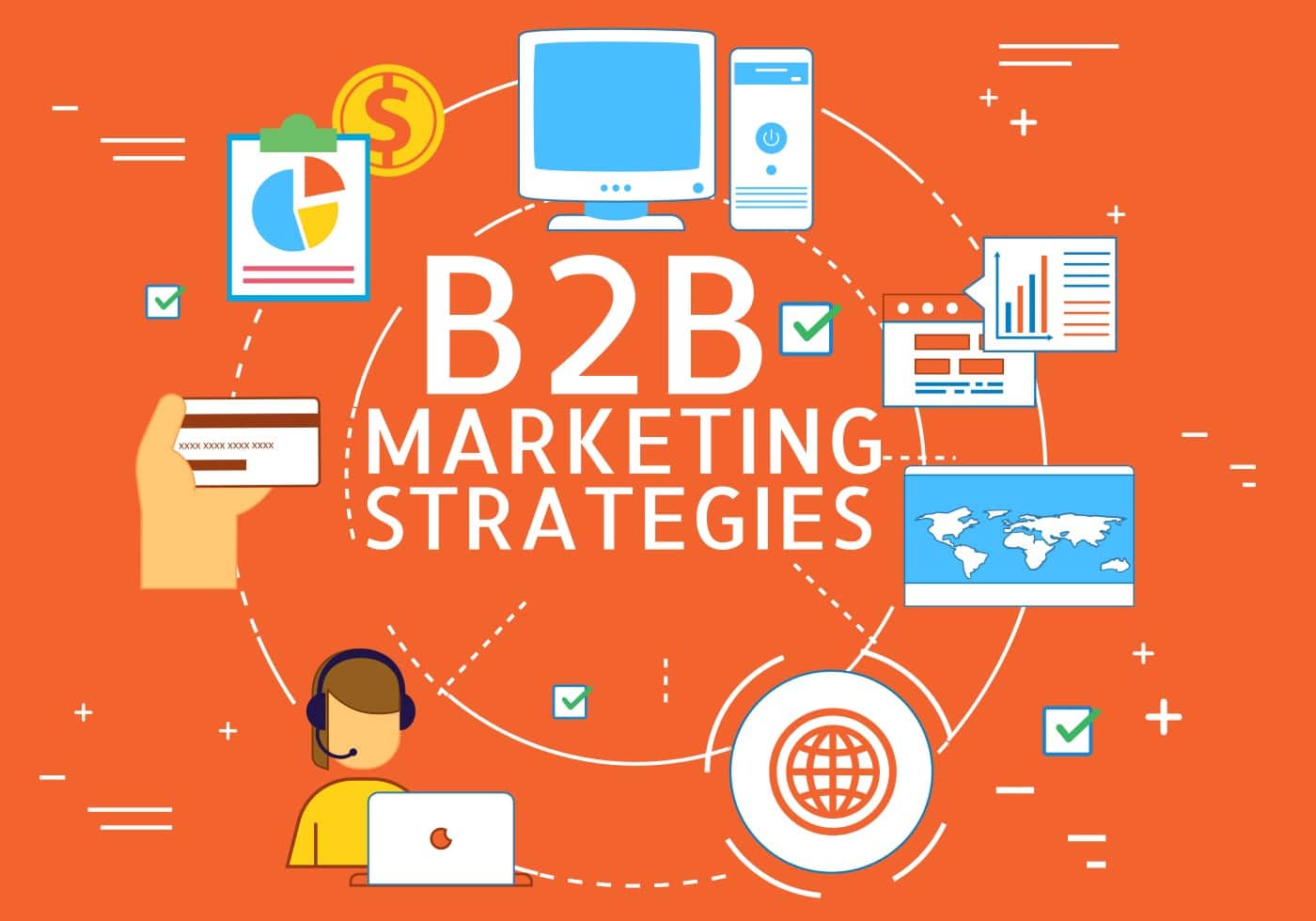Every company needs a good marketing strategy to succeed, and that means investing the time and resources to do it properly.
So what does a good marketing strategy look like, and how should marketers go about creating one? This article provides a quick look at the research and process behind a winning marketing strategy.
What Does a Winning Content Marketing Strategy Look Like?
There’s no such thing as a perfect marketing strategy, nor will there ever be a legitimate template. Every strategy will look different because it represents the interests of a unique company.
A winning strategy will encompass both ample research and data to drive decision-making and content creation. A winning strategy will adopt industry best practices to the company’s unique needs and marketing position.
Creating a Content Marketing Strategy in 5 Steps
1. Identify Why This Needs to Exist
Content should never be created just for the sake of having content, or it will be lost to the void. When content isn’t created with a clear goal driving the marketer’s actions, it will be bland and fail to spur its audience into action.
The marketing strategy’s goals need to align with the company’s business goals, whether in the short-term or long term.
2. Think of a Unique Selling Point
Any company will struggle to get its message across amidst all the clutter without a proper value proposition. This should include a unique selling point that sets the business apart from its competitors.
The company’s content should aim to be useful, informative, and entertain. That may sound like a huge ask (especially in some industries), but it can be done. With the overwhelming amount of content uploaded every day, people are only responding to that which entertains or benefits them somehow. Marketers have the hard job of matching those needs with the brand message.
3. Do a Competitor Analysis
The only way to properly stand out (and do things better than the rest) is to learn from competitors. The first step is to identify the company’s nearest/biggest competitors. Then check out what they’re doing on search engines, social media, their websites, and any other type of media where applicable.
Get a sense of their market positioning, and what they’re doing well – which can be emulated – and what can be improved upon. This may also make it easier to identify market opportunities or market gaps that competitors aren’t fulfilling.
4. Identify the Core Audience
To reach the company’s goals, the marketing strategy needs to align its messaging with its target audience. The first step is to identify what the company’s audience looks like and which market segment it should be targeting.
Only then will marketers be able to produce relevant and useful content for them. Keep in mind that an audience differs from a market segment. Audiences are individuals who are motivated by a common thing that the company can provide.
A market segment is a sample of an audience group that shares similar traits. Typically, a company can have a wide variety of audiences, which it then segments into smaller groups.
5. Keep Track of Metrics and Adjust Accordingly
A content marketing strategy is often an ongoing endeavour. Marketers analyze the relevant metrics (though stay away from vanity metrics) to see how they’re doing. From there, they must adjust their strategy to what people are responding to.
Marketing strategies are extremely data-driven, and data should continue to be at the forefront of decision-making even after the content plan has been created. That means things can always change depending on new trends, customer feedback, or social opportunities.
Useful Tools For Creating a Content Marketing Strategy
To help research and plan successfully, marketers need a couple of useful tools in their repertoire:
A VPN is a powerful tool for both competitor analysis and market research. VPN technology hides a person’s IP address and lets them choose a new one. That way, competitors can’t track anything back to a marketer doing research.
It also makes regional market research much easier because a marketer can switch to any location they like and get a first-hand perspective.
From search engine results and ad-placements to social media campaigns.
- Ghostery is an excellent browser add-on for marketers who want to do competitor analysis without giving them views or clicks. Choose which trackers to restrict on every site and make sure all that snooping isn’t giving the other team a boost. Unfortunately, this doesn’t work for social media page views or interactions.
- Ahrefs is an incredible tool for keyword research. Using this tool, marketers can gain detailed keyword insights into their SEO strategies and knowledge to inform their link-building strategy. They can see the top-ranking websites for keywords and get a good idea of why they are high-ranking as well.
Conclusion
Remember that the marketing strategy is always a crucial first step. After that comes the hard work of creating the marketing plan and content calendar. The strategy will inform these subsequent efforts, so it’s essential to give it due diligence from the start.








